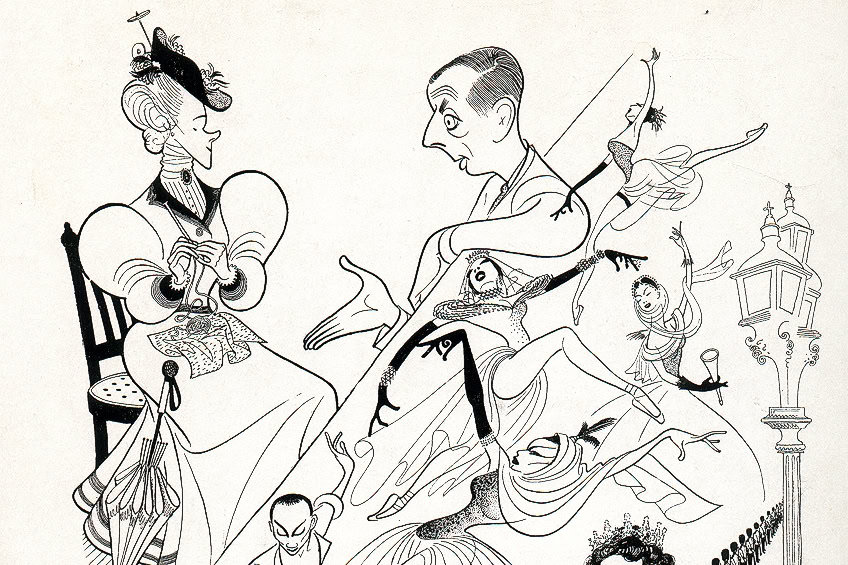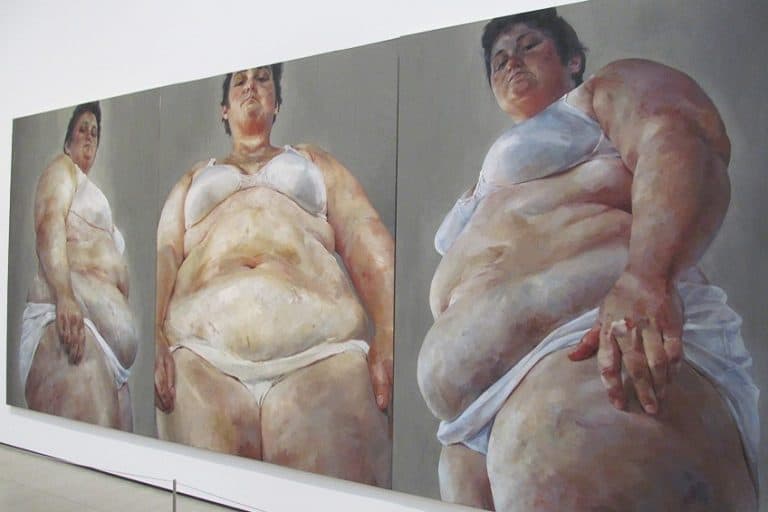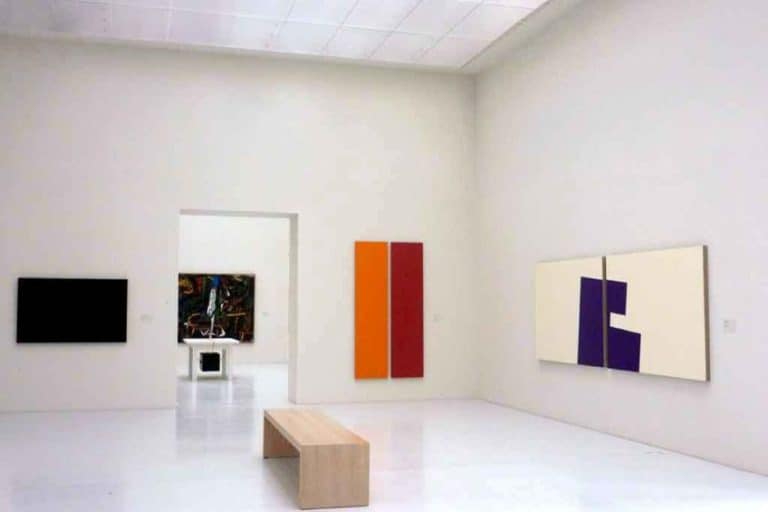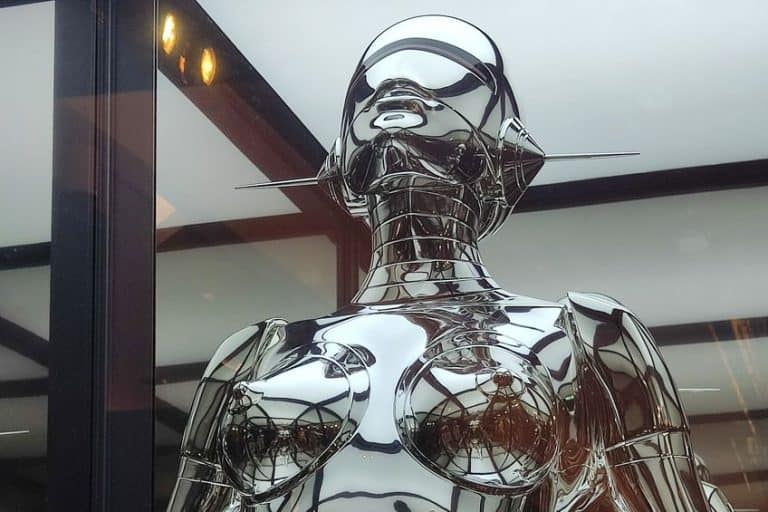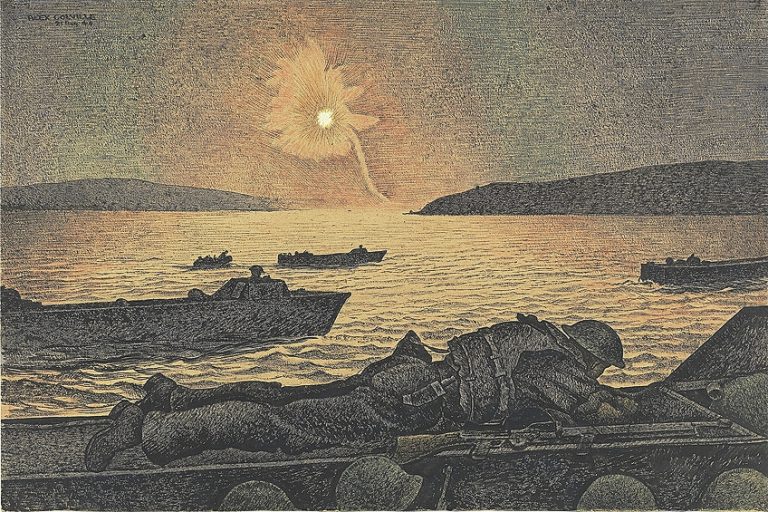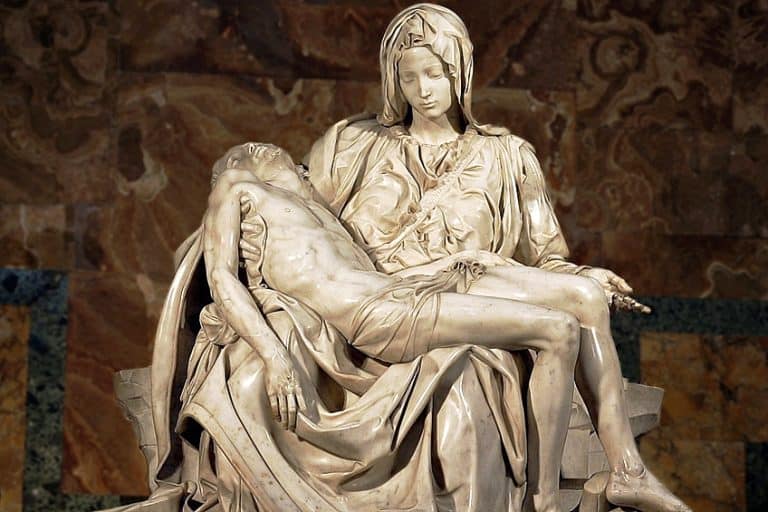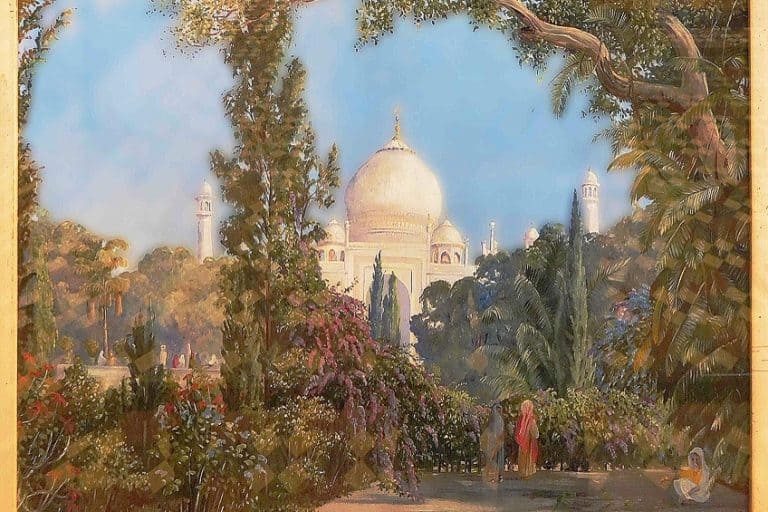Al Hirschfeld – The King of Caricature
Al Hirschfeld, a legendary American artist, is renowned for his iconic caricatures that capture the essence and spirit of Broadway and Hollywood personalities. Born in 1903, Hirschfeld’s distinctive style, characterized by flowing lines and exaggerated features, has made him a beloved figure in the world of entertainment and art. His career spanned over nine decades, during which he created thousands of illustrations for newspapers, magazines, and posters, earning him the title “The Line King.” Hirschfeld’s ability to distill the essence of a person or scene into a few elegant lines has left an indelible mark on the art world, making him a celebrated and influential figure in caricature and illustration.
Key Takeaways
- Al Hirschfeld was a distinguished caricaturist noted for his unique portrayal of entertainment personalities.
- His training and life in New York City profoundly shaped his artistic style and career.
- Hirschfeld’s work is celebrated for its creative flair and precise depiction of his subjects.
Early Life and Influences
| Birth | June 21, 1903 |
| Death | January 20, 2003 |
| Place of Birth | St. Louis, Missouri, United States |
| Genre of Work | Caricature and illustration |
Al Hirschfeld was an American artist renowned for his black-and-white portraits of celebrities and Broadway stars. Born in St. Louis, Hirschfeld’s unique interest in art led him to the bustling cultural hub of New York City by the age of 12. His caricatures, characterized by fluid lines and exaggerated forms, made him a celebrated figure in the world of entertainment art. Trained at the Art Students League and the National Academy of Design, his work was deeply influenced by his surroundings and the vibrancy of New York City’s theater district.
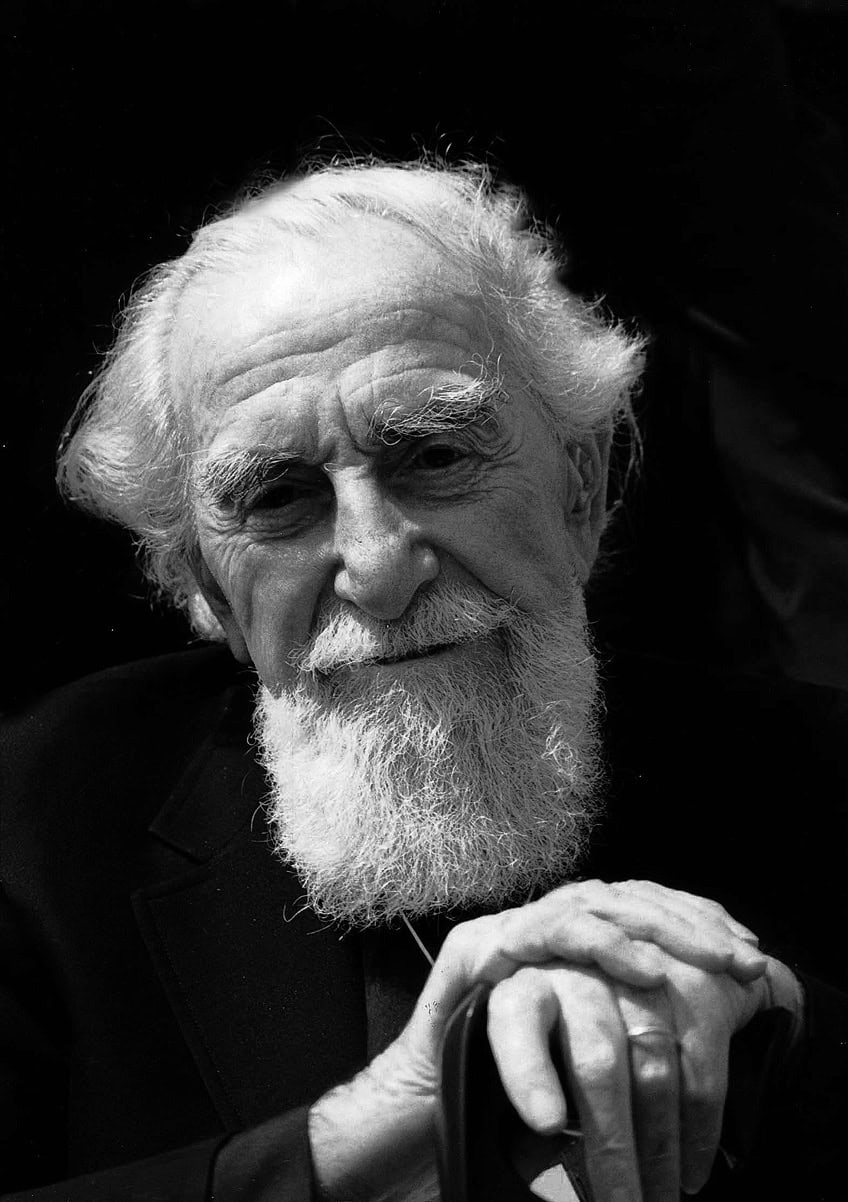
Throughout his career spanning over seven decades, Hirschfeld’s work appeared in prominent publications like The New York Times, capturing the essence of show-business personalities with a whimsy and precision that became his trademark style. His ability to distill his subjects to their most recognizable features, with a graceful economy of line, earned him the nickname “The Line King.”
A masterful caricaturist, Hirschfeld’s art transcended mere likeness to become an iconic representation of each individual he portrayed.
Birth and Background
Al Hirschfeld was born on June 21st, 1903, in St. Louis, Missouri. He was the son of Isaac and Rebecca Hirschfeld, whose roots traced back to Russia and Europe. Hirschfeld’s childhood environment provided a rich cultural backdrop that influenced his later work.
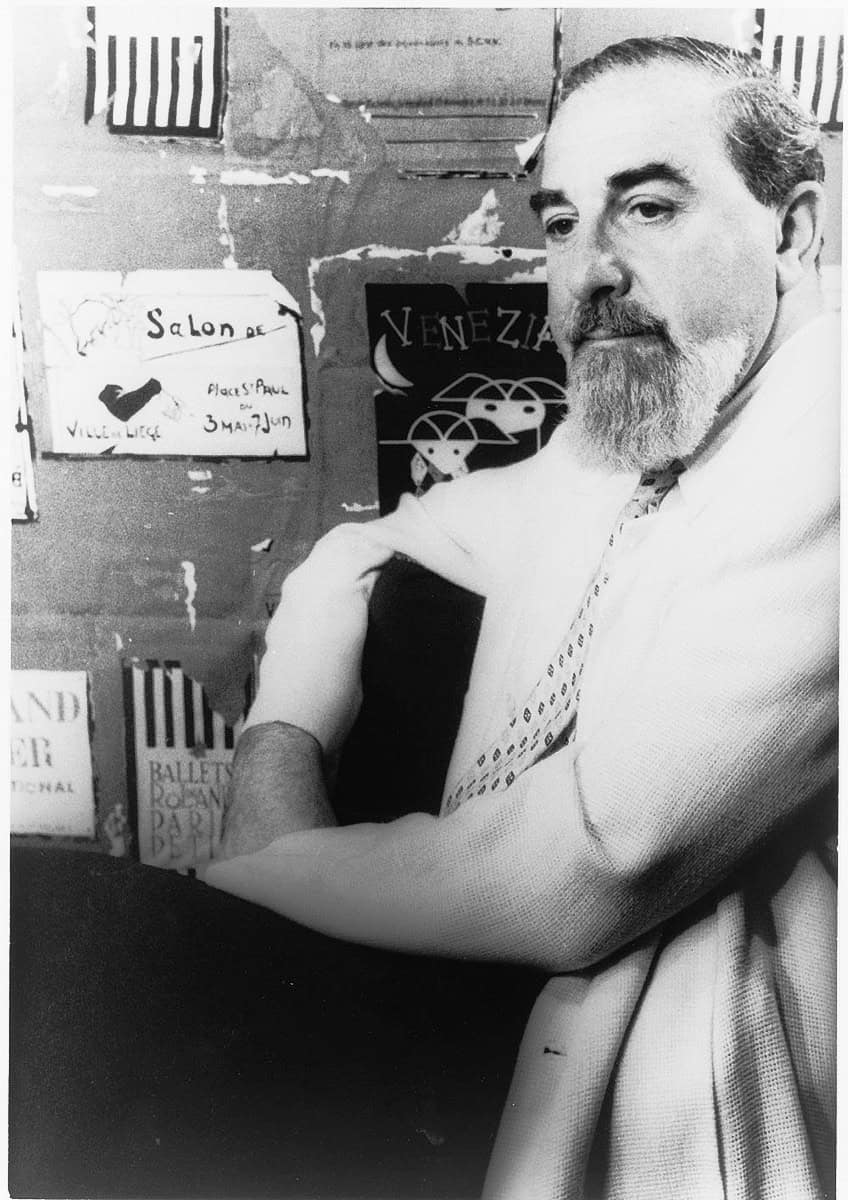
Early Artistic Beginnings
At the age of 11, his family moved to Upper Manhattan in New York City, a move that exposed him to the bustling, vibrant arts scene. Hirschfeld showed an early interest in art and found inspiration in the works of masters such as French painter Toulouse-Lautrec. This affinity for fine arts led to his decision at 17 to work for the New York Herald Tribune as an art assistant. It was in this period that he began experimenting with the linear style that he is known for.
During the 1920s, Hirschfeld traveled to Paris and throughout Europe, where he further developed his skills and absorbed the influences of the avant-garde artistic movements. This exposure to European art styles significantly impacted his approach to caricature.
Later Period and Death
Hirschfeld’s career in caricature gained momentum in the 1930s and 1940s, with his works being published in major outlets, including The New York Times. He became best known for his black and white portraits of celebrities and Broadway stars, often including hidden names of his daughter, Nina, in his drawings—a playful characteristic that became a trademark.
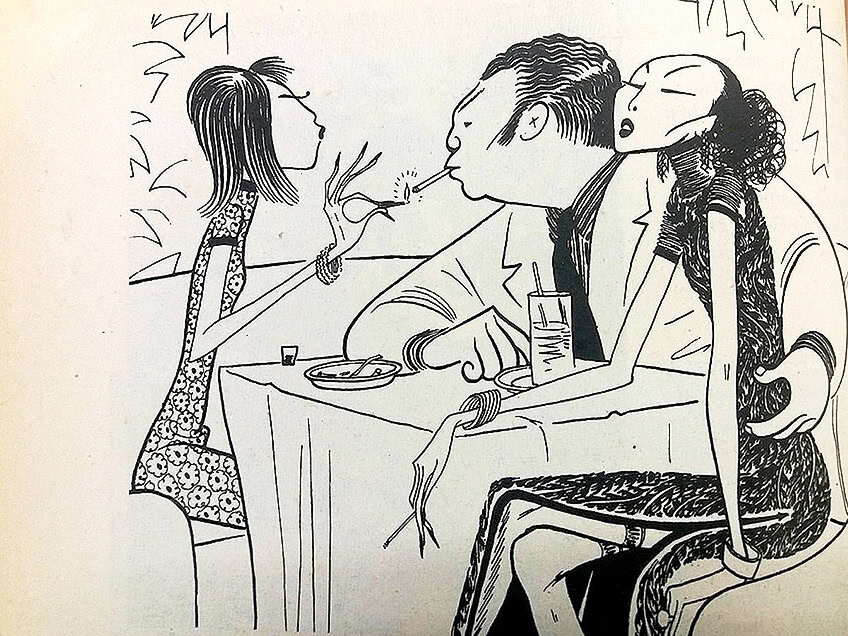
Hirschfeld’s portrayal of iconic figures like Charlie Chaplin captured their essence with a unique blend of simplicity and exaggeration. His contributions to the field lasted for nearly a century until his death on January 20, 2003, in New York.
Career Peak and Artistic Style
Al Hirschfeld’s career as a caricaturist reached its zenith during the 20th century, marked by his distinctive line drawings of entertainment personalities and his prolific contribution to The New York Times. His work, characterized by fluid lines and captured through various mediums like lithographs, illustrated the vibrancy of Broadway, Hollywood, and the theater.
The Rise to Fame
Hirschfeld’s journey to becoming an iconic figure in American culture began with his early work in motion picture publicity for Selznick Pictures, which helped develop his eye for celebrity portraiture. His unique perspective on the theater and entertainment industry garnered widespread attention and solidified his reputation.
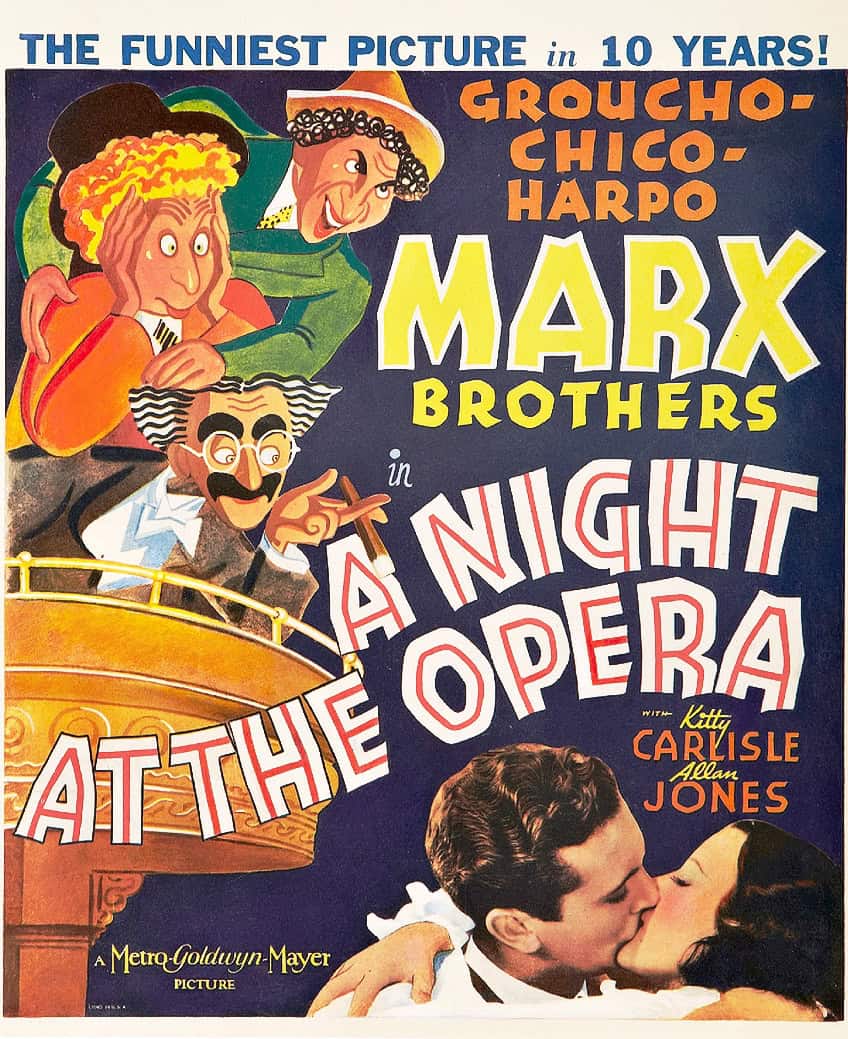
Unique Artistic Traits
Hirschfeld’s drawings were distinguished by their “pure line” style, a minimalist approach using continuous lines crafted with a crow quill. This technique, complemented by subtle detail and expressive faces, captured the essence of his subjects.
Embedded within his caricatures was often the name of his daughter, Nina, which became a playful hallmark of his work.
Paris and European Influence
His time in Paris introduced him to modern art movements, which influenced his artistic direction. The exposure to European art and culture provided Hirschfeld with an avant-garde edge that would later permeate his caricatures, allowing him to blend the theatrical flair with the simplicity of line found in modern art.
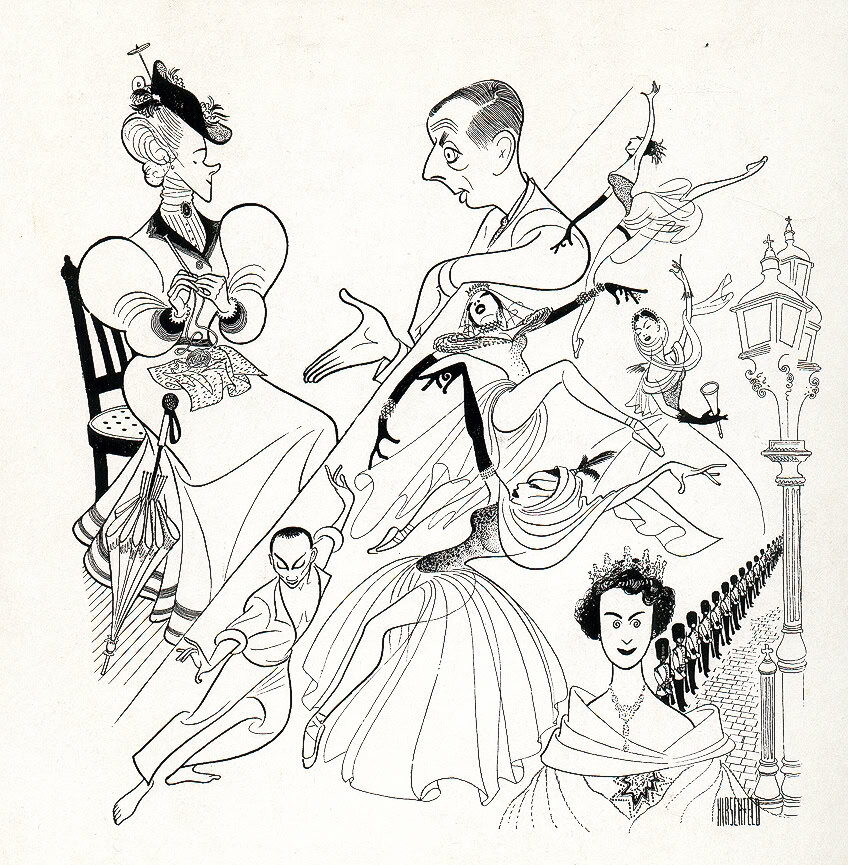
Broadway and The New York Times
In the realm of theater, Hirschfeld’s work became synonymous with Broadway. He illustrated the world of theater for The New York Times for decades, showcasing the celebrity and spectacle of Broadway productions. His drawings became a cultural staple within the paper, offering readers a caricatured snapshot of the current theatrical scene.
Hollywood and Beyond
Beyond Broadway, Hirschfeld’s artistry extended to Hollywood, where his caricatures appeared on numerous movie posters and in film studio publicity materials. His collaboration with various movie studios amplified the reach of his work, and his portrayals of Hollywood celebrities contributed to a broader visual archive of 20th-century American entertainment.
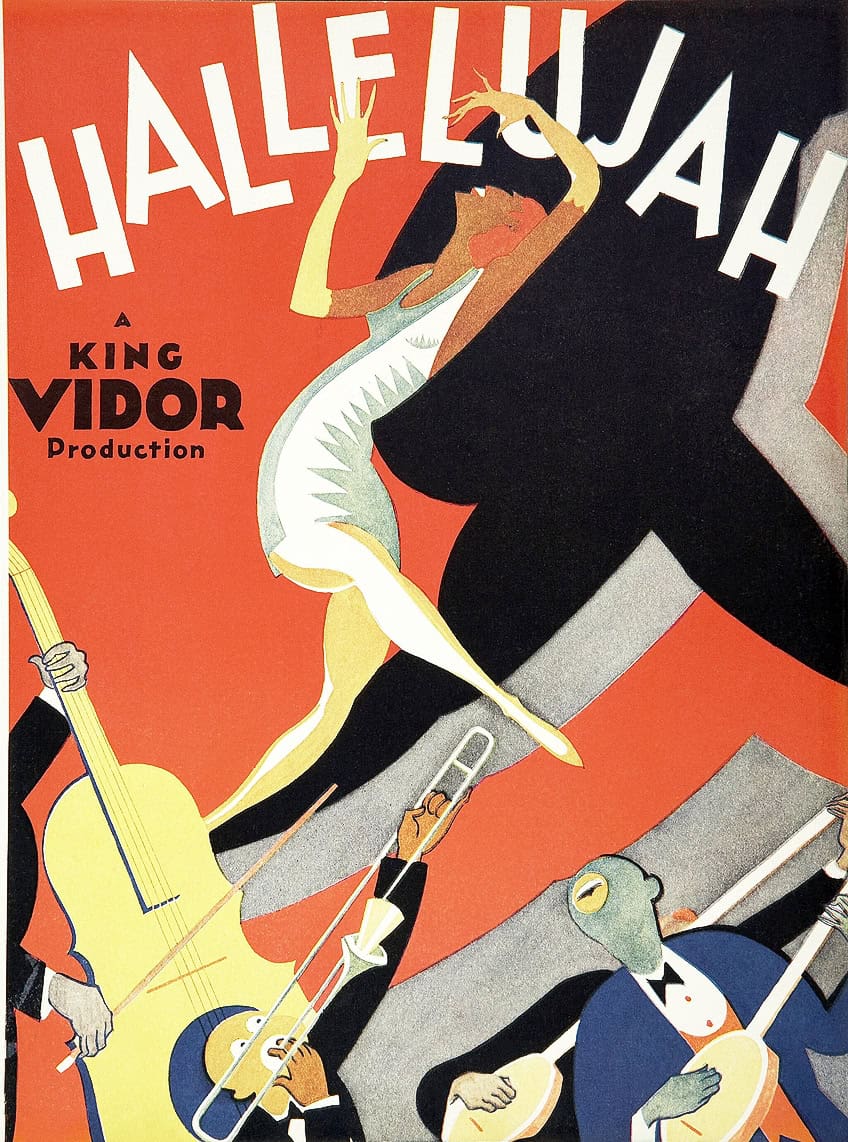
Influences and Legacy
Al Hirschfeld’s artistry left an indelible mark on the 20th century, particularly in the performing arts and pop culture. His work is preserved by institutions such as the Library of Congress and celebrated through awards and foundations that continue his artistic legacy.
Cultural Impact
Hirschfeld’s influence extends deeply into the realm of pop culture and the American Theater. His caricatures became an iconic aspect of the 20th Century performing arts scene. Notable theater critic Brooks Atkinson once said that in Hirschfeld’s drawings, “the character in the play was often more real than the player.” This appreciation was seen in the laugh lines and expressive contours Hirschfeld sketched, capturing the spirit of the era.
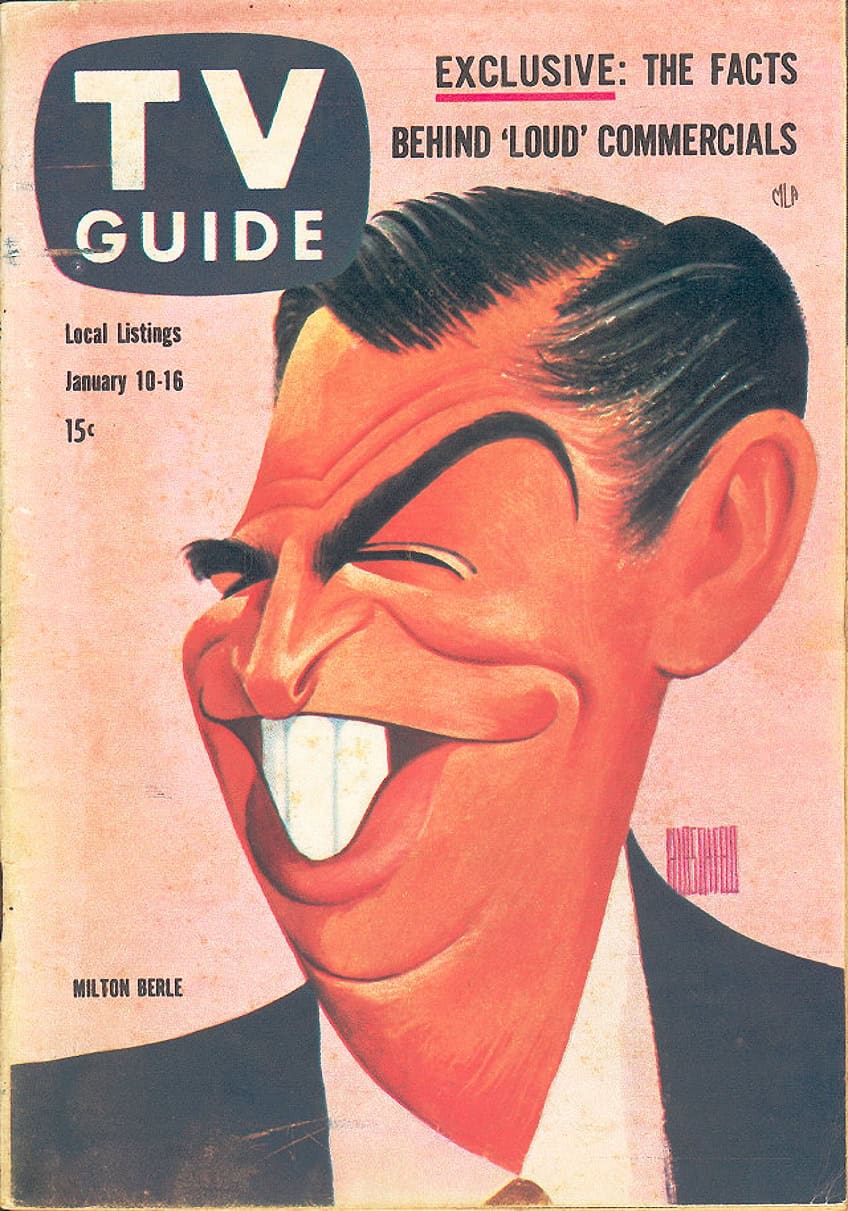
Legacy and Foundations
Established in his memory, The Al Hirschfeld Foundation aims to promote interest in the visual and dramatic arts. It houses extensive collections of his works and organizes exhibitions like The Hirschfeld Century: The Art of Al Hirschfeld.
The foundation maintains his influence in modern artistry and ensures his contributions to caricature continue to inspire.
Contributions Beyond Caricature
Beyond his renowned caricatures, Hirschfeld’s achievements were formally acknowledged with the prestigious Medal of Arts and recognition from the Academy of Arts and Letters. His influence also reached broader societal recognition; his stylized approach to caricature brought a new visual language that resonated across various facets of 20th-century life.

Personal Life and Recognition
Al Hirschfeld’s journey through personal connections and the accolades he earned affirm his immeasurable influence in both his personal and professional spheres. His enduring legacy is felt in the art world and beyond, and continues to be recognized today.
Family and Personal Relationships
Al Hirschfeld was married to Dolly Haas, an actress, until her death in 1994. They shared a profound personal and artistic relationship. Following Haas’s passing, Hirschfeld married Louise Kerz, a theater historian. The relationships he fostered both enriched his personal life and influenced his celebrated artworks.
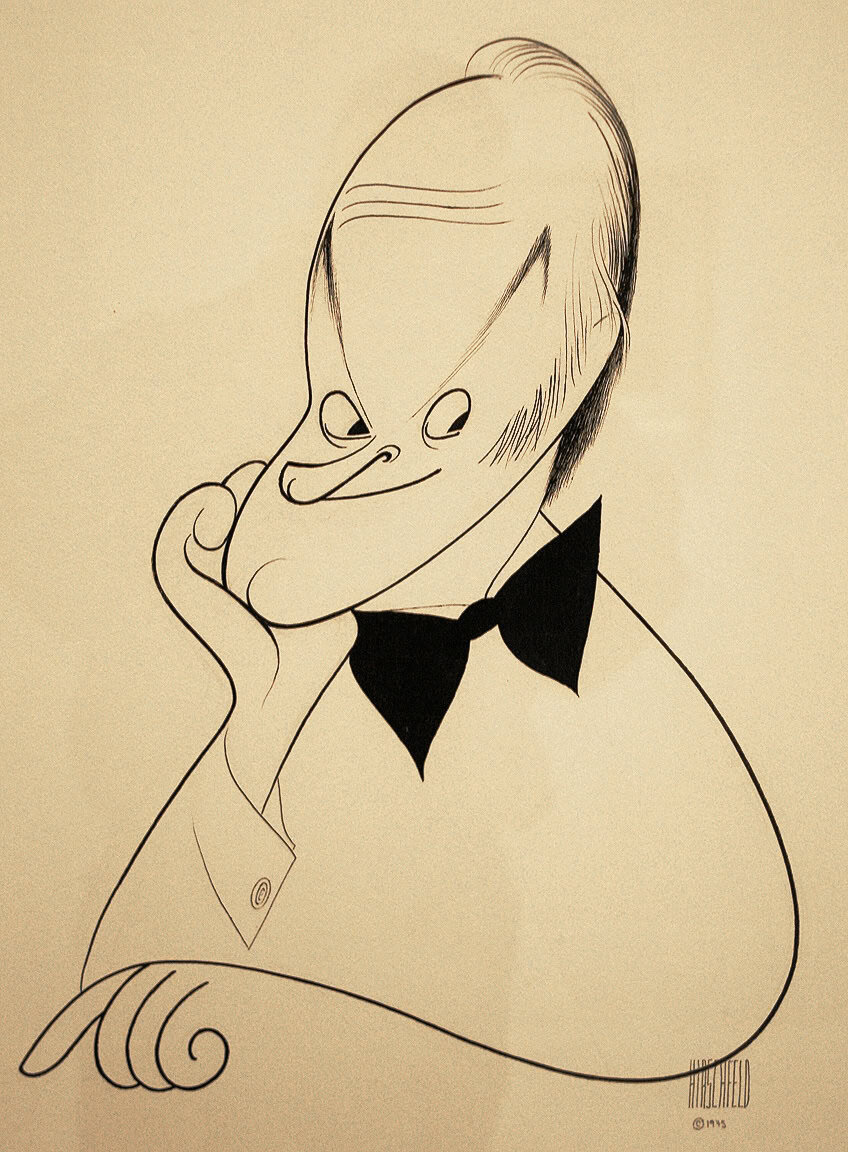
Awards and Honors
Hirschfeld’s unique artistic style did not go unrecognized. He was the recipient of the prestigious Medal of Arts, a testament to his contributions to American culture. Various publications, including The New York Times and TV Guide, featured his work, cementing his status as an important figure in American art.
Legacy of Al Hirschfeld Today
Today, Al Hirschfeld’s influence endures. Postage stamps celebrating his work have been issued, giving a nod to his contributions to popular culture. The New-York Historical Society houses collections of his work, showcasing them in the exhibit, Manhattan Oases: New York’s 1932 Speak-Easies. His evocative drawings, often associated with the Harlem Renaissance, remain an enduring symbol of a vibrant era in American culture. His wife, Louise Kerz Hirschfeld, maintains his legacy through various cultural and educational initiatives.
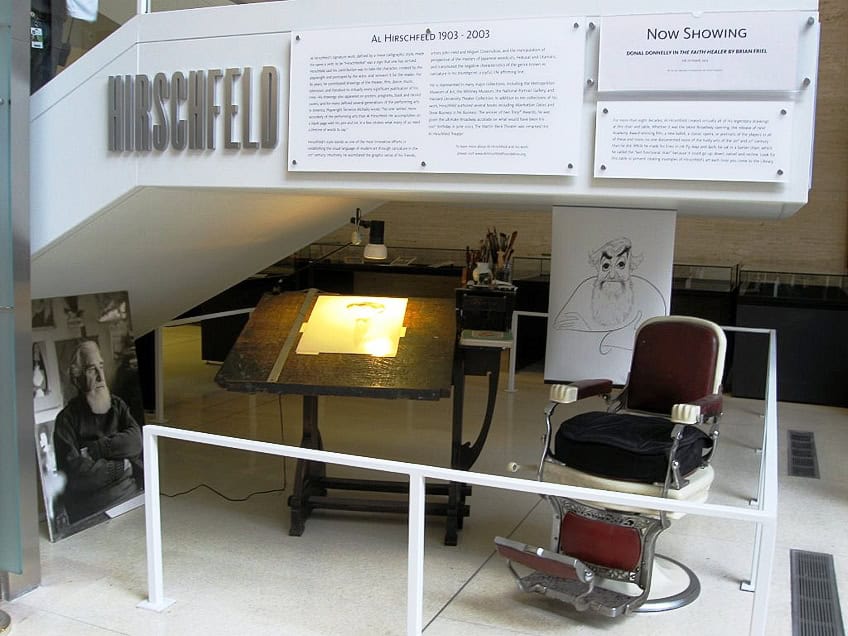
Al Hirschfeld’s artistic legacy continues to inspire and captivate audiences worldwide. His unparalleled talent for capturing the essence of his subjects with a few deft strokes of the pen has solidified his place as one of the most influential caricaturists of the 20th century. Beyond his technical prowess, Hirschfeld’s work also serves as a time capsule of the vibrant worlds of Broadway, Hollywood, and beyond, preserving the personalities and moments that defined an era. His unique style and enduring impact on the art of caricature ensure that Al Hirschfeld’s name remains synonymous with creativity, wit, and artistic brilliance for generations to come.
Frequently Asked Questions
What Are the Characteristics of Al Hirschfeld’s Art Style?
Al Hirschfeld’s art style is known for its flowing lines, elegant simplicity, and the absence of shading. His work is typically in black and white, emphasizing contour over detail, which captures the essence of his subjects with minimal strokes.
What Distinguishes Al Hirschfeld’s Caricatures from Others?
Hirschfeld’s caricatures stand out because they encapsulate a subject’s persona rather than simply exaggerating physical features. They are often infused with a sense of movement and life, reflecting the dynamic nature of the performers and personalities he portrayed.
Who Influenced Al Hirschfeld’s Unique Approach to Caricature?
Al Hirschfeld was influenced by the work of European masters such as Toulouse-Lautrec and the bold simplicity found in Japanese woodcuts. These elements contributed to the expressive quality and distinct style for which Hirschfeld’s caricatures are celebrated.
Isabella studied at the University of Cape Town in South Africa and graduated with a Bachelor of Arts majoring in English Literature & Language and Psychology. Throughout her undergraduate years, she took Art History as an additional subject and absolutely loved it. Building on from her art history knowledge that began in high school, art has always been a particular area of fascination for her. From learning about artworks previously unknown to her, or sharpening her existing understanding of specific works, the ability to continue learning within this interesting sphere excites her greatly.
Her focal points of interest in art history encompass profiling specific artists and art movements, as it is these areas where she is able to really dig deep into the rich narrative of the art world. Additionally, she particularly enjoys exploring the different artistic styles of the 20th century, as well as the important impact that female artists have had on the development of art history.
Learn more about Isabella Meyer and the Art in Context Team.
Cite this Article
Isabella, Meyer, “Al Hirschfeld – The King of Caricature.” Art in Context. May 7, 2024. URL: https://artincontext.org/al-hirschfeld/
Meyer, I. (2024, 7 May). Al Hirschfeld – The King of Caricature. Art in Context. https://artincontext.org/al-hirschfeld/
Meyer, Isabella. “Al Hirschfeld – The King of Caricature.” Art in Context, May 7, 2024. https://artincontext.org/al-hirschfeld/.


